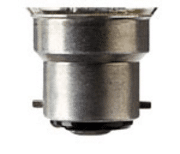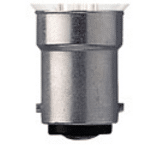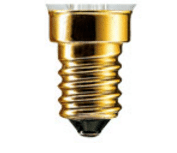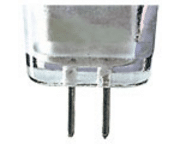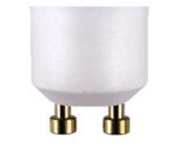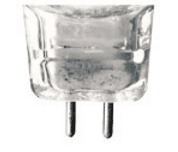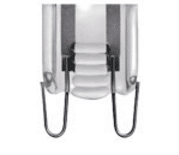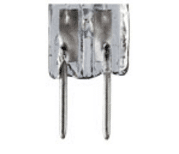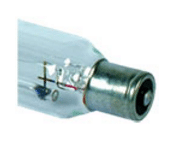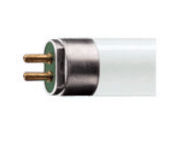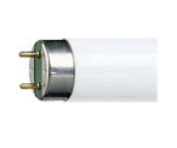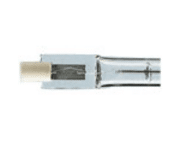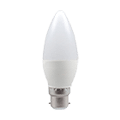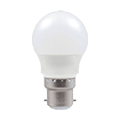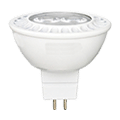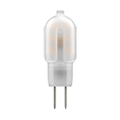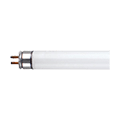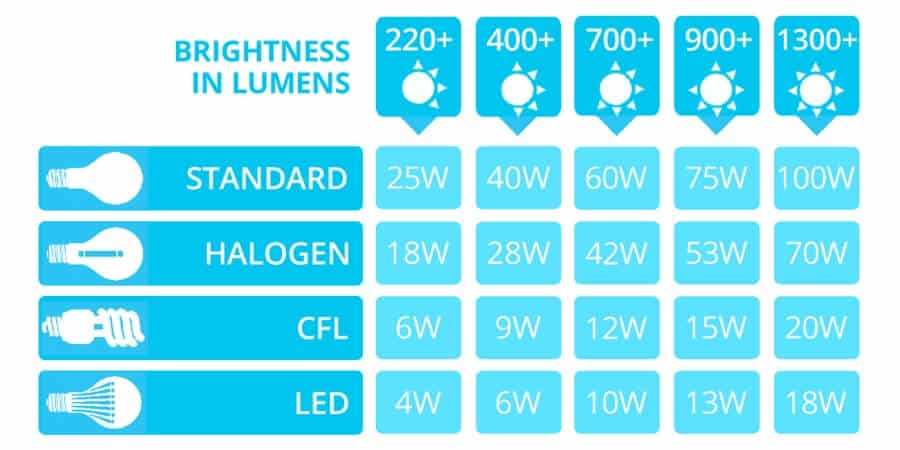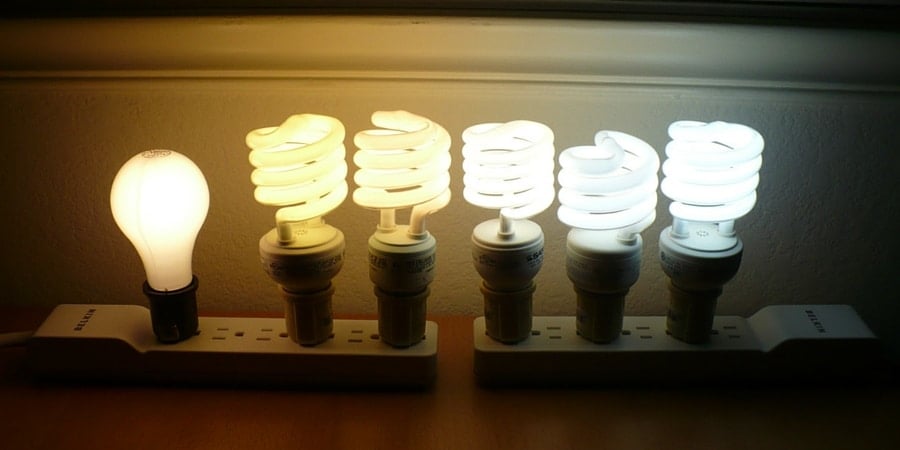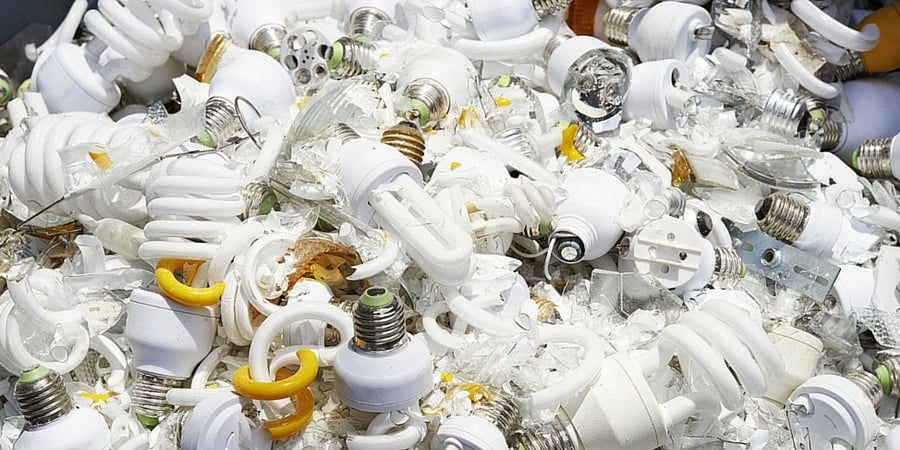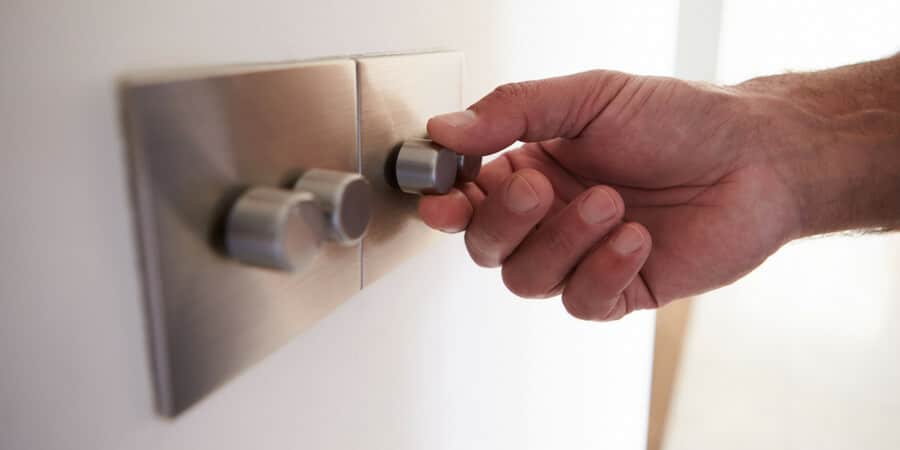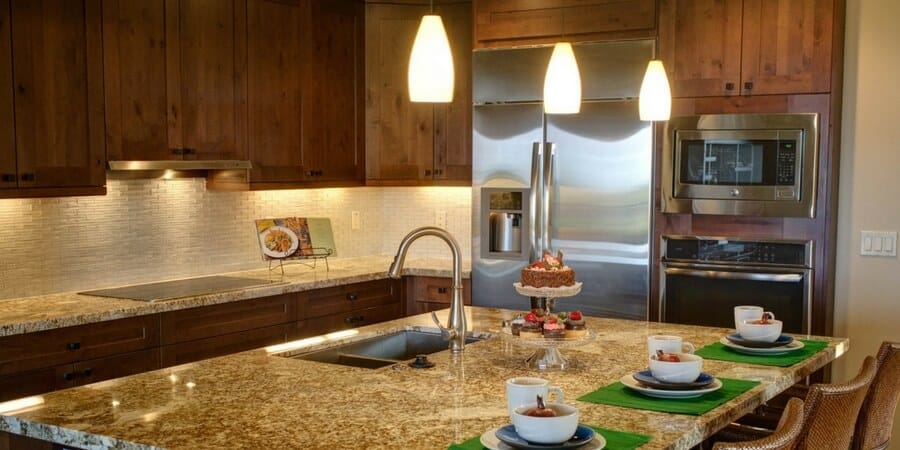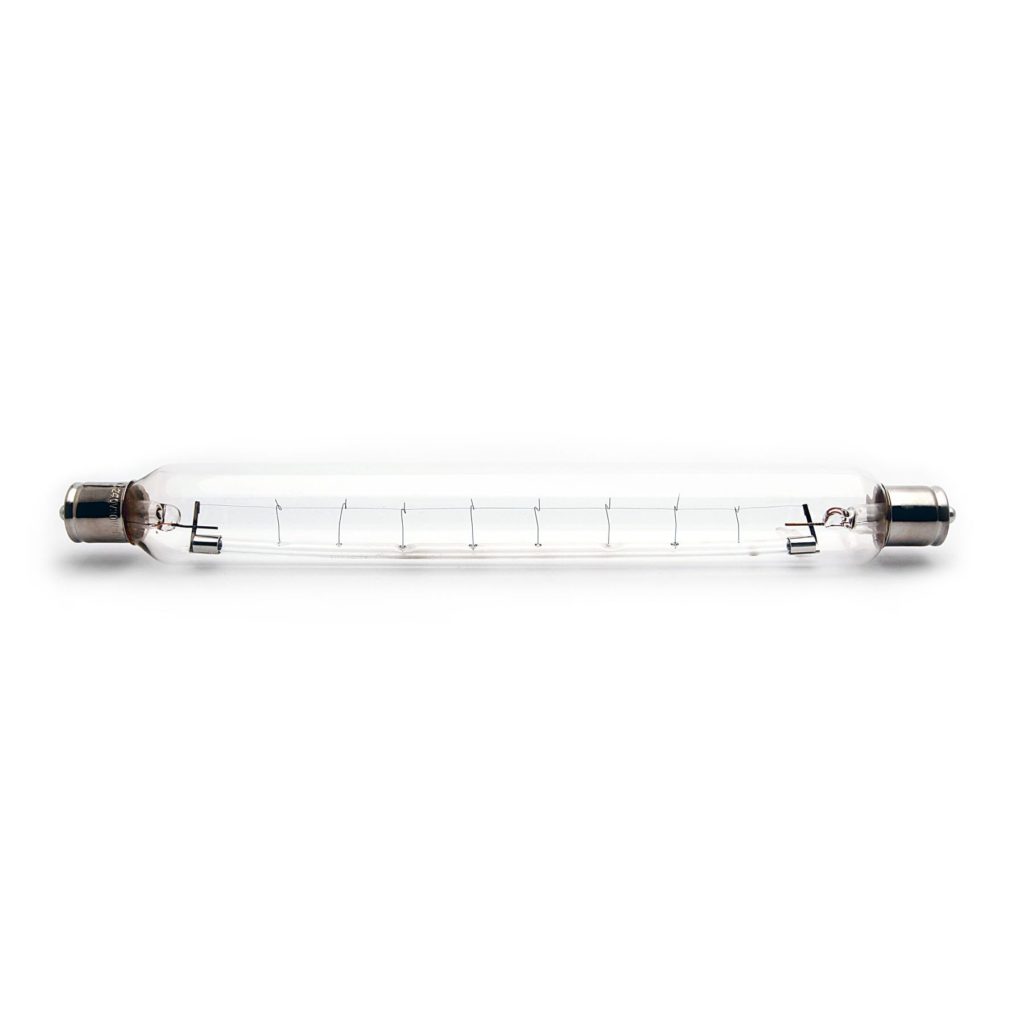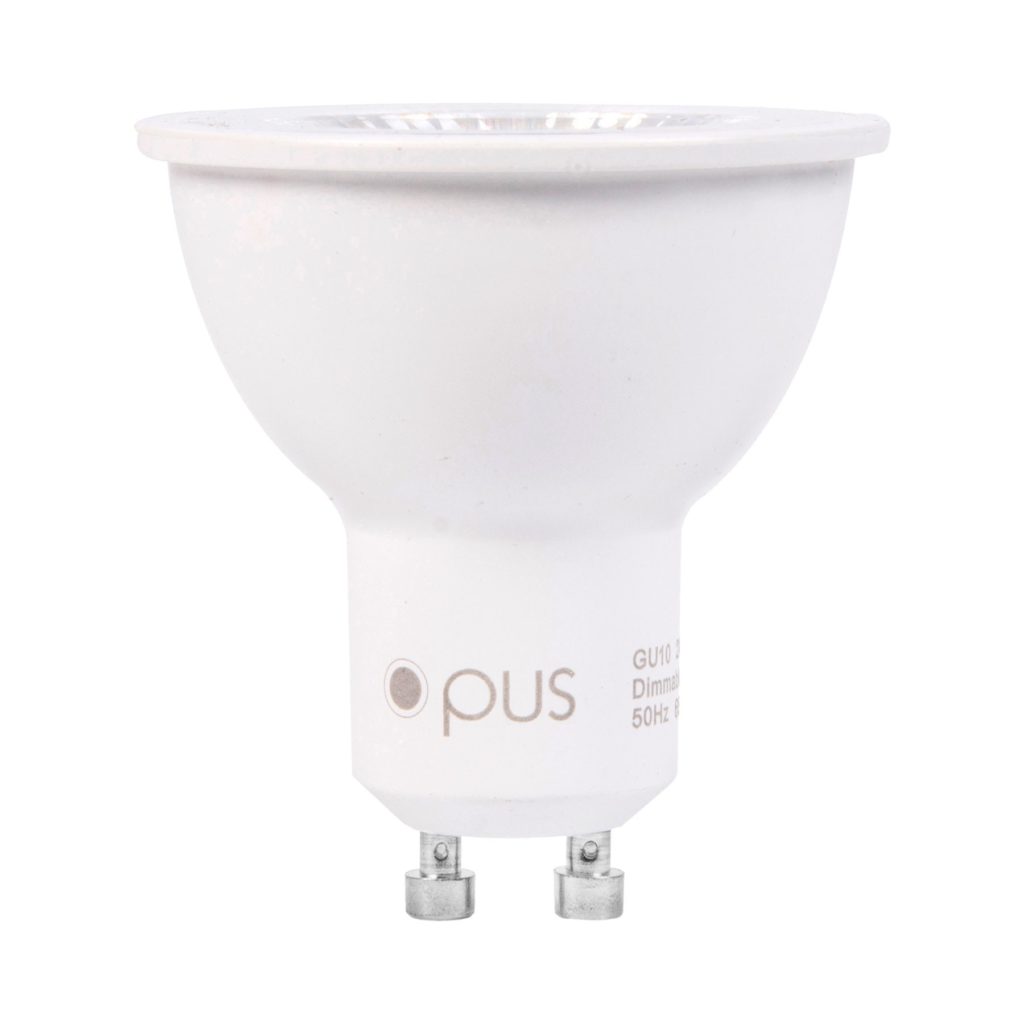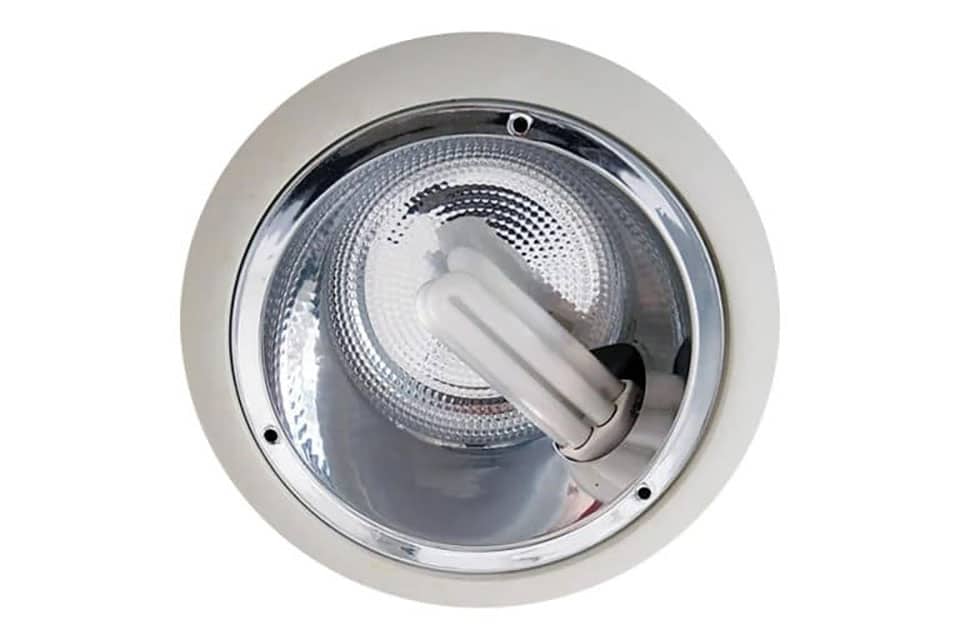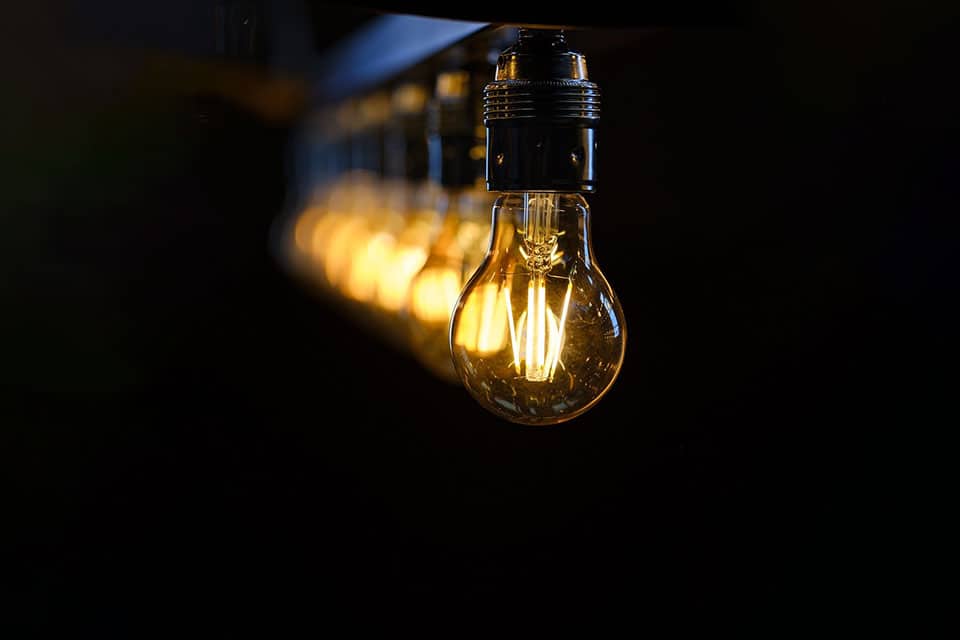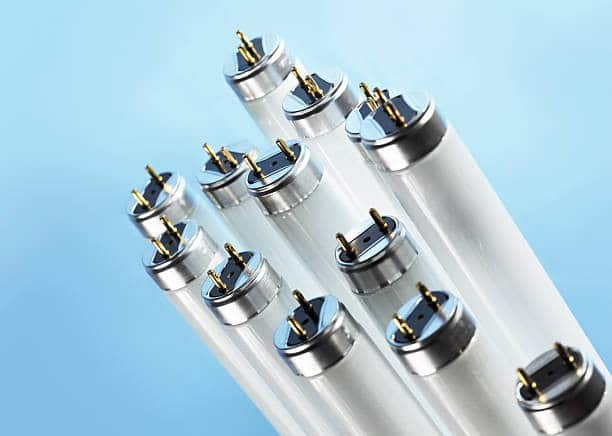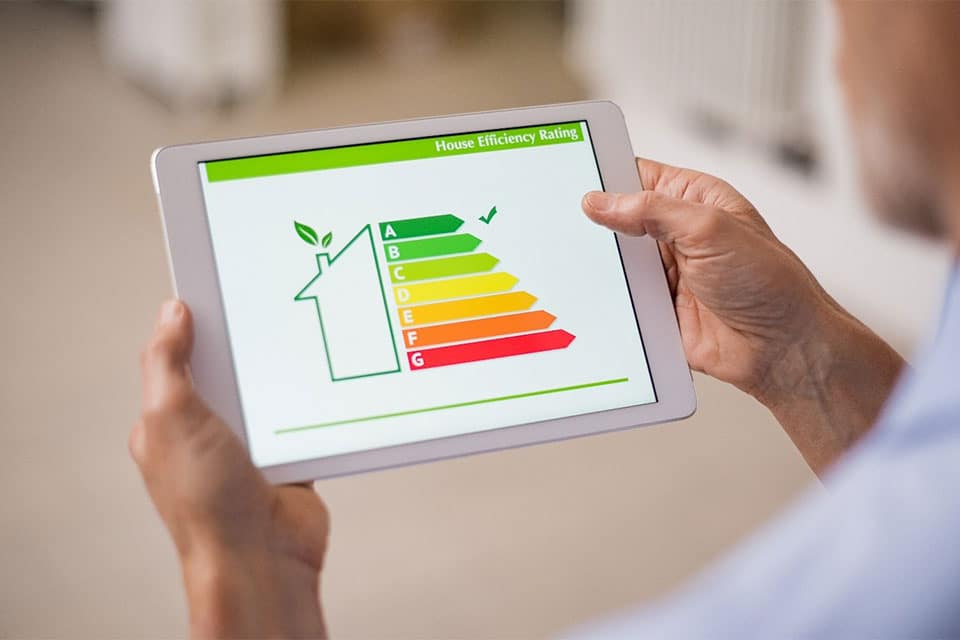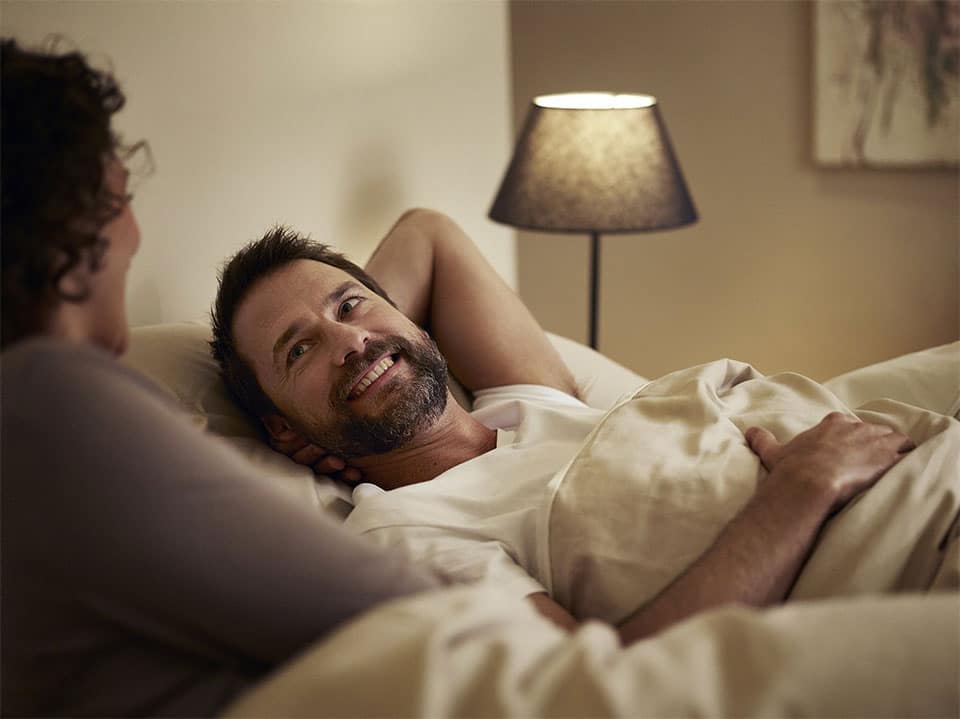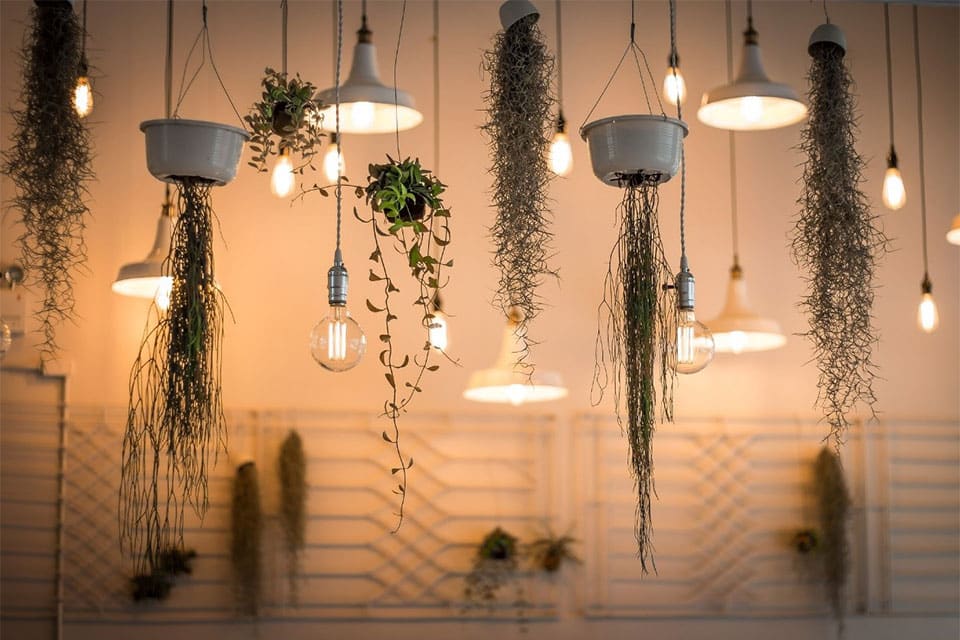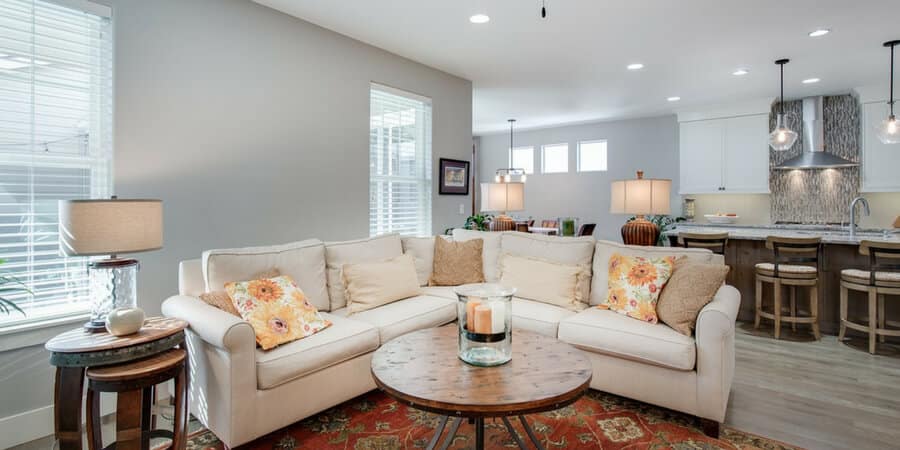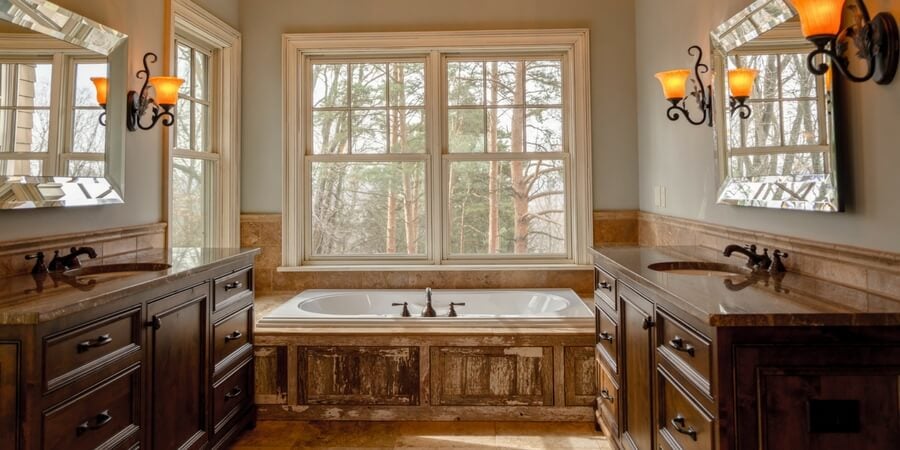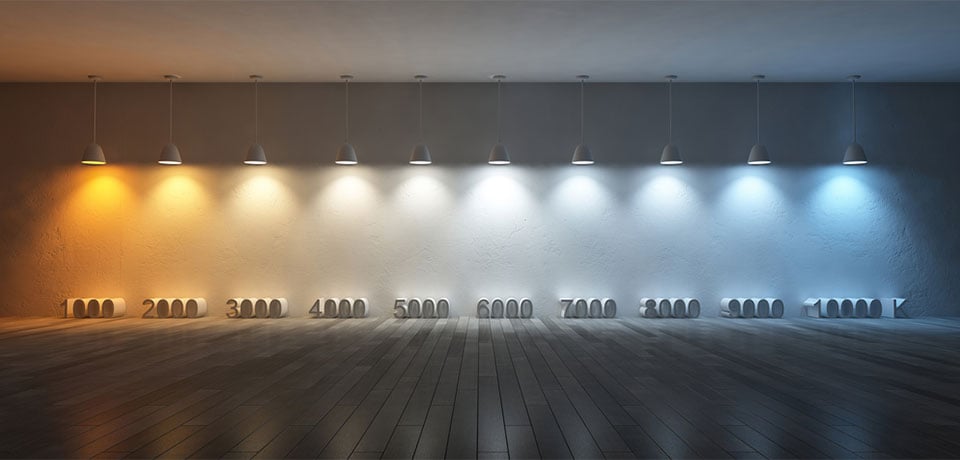The kitchen is one of the most frequently used, highly functional spaces in our homes. We do more than just cook and eat in our kitchens, which means this room requires a range of light sources and types to create an inviting and practical atmosphere in which to work and live.
One of the most common mistakes people make when designing their kitchen lighting is to try to light the room using a single fixture or a fixed grid of lamps, which can create uneven light distribution, glare, and cast shadows on your work surface.
The key to lighting your kitchen well is flexibility. A flexible lighting scheme that incorporates dimmer switches and takes into account the choice and placement of fixtures will help your space maximize functionality from day to night. Task and accent lighting can help you supplement natural light during the day, but you’ll need bright, general light in the evenings, and you’ll probably want a moodier, more intimate scheme for the evening, late-night meals, or for when you’re entertaining.
These general kitchen lighting ideas can also help you get the ball rolling when planning your lighting design:
- Kitchen lights are on more than any other light. For this reason, one of the best kitchen lighting options is to upgrade to energy efficient bulbs like LEDs. They also emit less heat, which is perfect for under cabinet and other task lighting.
- Warmer, golden light can help create a welcoming atmosphere, but you will want cooler light for task lighting to help you focus and wake you up in the morning while you get breakfast ready.
- Motion sensors and dimmer switches can help you reduce energy use and improve the functionality of this space.
Here’s how to plan your kitchen lighting design:
Layering Light
Like any space in your home, the secret to creating a functional and attractive space is to layer light. While most rooms prioritize general or ambient lighting, task lighting should be your primary focus in the kitchen. Let’s start there:
Task Lighting
Since much of what you do in your kitchen is task-oriented, it’s a good idea to start planning your lighting design with this layer.
Task lighting provides targeted illumination to a work area. In the kitchen, this can include spaces like:
- Countertops
- Islands
- Sinks
- Stovetop
- Pathways
- Inside cabinets and drawers
Under cabinet, track, and pendant lighting can all be used to add task lighting to your kitchen.

Under Cabinet Lighting
One of the most effective ways to light your work spaces is to install under cabinet lighting, which puts light where it’s needed most without the risk of casting shadows and without the need to install cumbersome fixtures. Keep these tips in mind:
- Many countertop surfaces, including granite and marble, are reflective. If this sounds like your kitchen, look for under cabinet lighting that provides a diffused light source to prevent glare, such as LED strips positioned facing your wall.
- Install under cabinet lighting along the front edge of your upper cabinets so they light the entire countertop, not just your wall.
KITCHEN LIGHTING TIP: Under cabinet lighting can also function as a night light or accent lighting if you install it on a dimmer switch. Take a look at our selection of dimmer switches:
LED strips, striplights, and rope lights are all perfect for under cabinet lighting:
LEARN EVERYTHING YOU NEED TO KNOW ABOUT UNDER CABINET LIGHTING
Track Lighting
If you have overhead fixtures, track lighting also allows you to direct general and task lighting where it’s needed most. Keep these tips in mind to make the most of your track lighting:
- Position lamps so they don’t shine directly into your eyes.
- Install ceiling-mounted fixtures to the sides of sinks and other work areas so your head and body don’t block the light.
- Take care not to install fixtures where they will interfere with the opening of your upper cabinet doors.
When choosing bulbs for track lighting, look for spot lights with a beam spread of 25 degrees or less to keep the light focused and directed where it’s needed most.
Pendant Lighting
Pendant lighting can be both decorative and functional. Most pendant lights offer ambient light that will be distributed in all directions, but if they are positioned properly, these fixtures can also double as stylish task lighting over spaces like your kitchen island or sink.
Pendant lighting you might be interested in.
General Lighting
In your kitchen, general lighting helps primarily to set a mood and create an atmosphere. Recessed, track, and decorative pendant lighting can all help you achieve this goal.
The key to creating effective ambient lighting is to create a consistent layer of light. How you achieve this will depend on the layout of your kitchen; for example:
- Galley kitchens will benefit from a single row of recessed or track lights.
- Kitchens with cupboards around the edge and an open space or island in the middle can utilize a recessed lighting grid, panel, and/or pendant lighting.
- If you have a smaller kitchen, you can increase the sense of space by using directional spotlights angled upwards towards cupboards and walls.
- If you have an open concept design and your kitchen blends seamlessly with your living space, dimmers can increase the functionality of your kitchen lighting by providing ambient light for your great room. The additional flexibility will also help you differentiate your kitchen space from your living space.
Recessed Lighting
Recessed lighting is very subtle, and is especially ideal for lower ceilings. If you opt for recessed lighting, ensure that your lamps are installed close enough to your cabinets to cast a useful layer of light. If they are too far away, your recessed lighting can actually direct light at your back while you cook, resulting in shadows that can make cooking and food prep even more difficult. Aim to position your lamps about 24-26 inches away from your walls, so the centre of the beam falls over the edge of the countertop.
KITCHEN LIGHTING TIP: How far you space your recessed lights and how many cans you install will depend on the size and layout of your space. As a general rule of thumb, recessed lights are typically installed every 4-6 feet.When selecting bulbs for your recessed lighting, consider beam spread and room measurements. Standard reflectors with a wider beam spread are recommended for casting general light. Most often, an MR16 or GU10 bulb will be your best bet:
LEARN EVERYTHING YOU NEED TO KNOW ABOUT RECESSED LIGHTING
Pendant Lighting
Pendant lighting is great for higher ceilings or for hanging over islands or dining areas. It provides a lower level of light than recessed lights, which helps to create a more balanced look while adding some style and visual interest to your space. Here’s how to use pendant lighting create an even layer of general light:
- Ensure pendants hang at least 30 inches from the countertop so they don’t block your view or create an obstruction in the center of your island (especially if you eat there).
- Consider the size of your space when selecting pendants. For smaller spaces, opt for smaller, lighter pendants. Larger spaces can handle bolder, more dramatic fixtures.
- Limit your design to one set of pendant lights to avoid over-complicating the space. If you need more light, you can supplement your pendants with track or recessed lighting.
Accent Lighting
In addition to drawing attention to architectural details and other points of interest, such as artwork or vintage kitchen items you’d like to display, accent lighting in your kitchen often pulls double or triple duty by functioning as ambient and mood lighting.
There are a couple of ways to add accent lighting to your kitchen:
- Toe kick lighting: Lighting the space under your lower cabinets is a very subtle method of adding accent lighting to your kitchen. It’s also functional because it can be used as a nightlight as well. LED strip lights or rope lights are perfect for the job. If possible, put your toe kick lighting on a different switch so you can control it separately.
- Above cabinet lighting: If you have high ceilings, attach a layer of rope lights to the tops of your cabinets to create accent and ambient lighting.
- Above the sink: Pendants or sconces hung over your sink can provide both accent and task lighting.
- Inside cabinets: Lighting the inside of open shelves or cabinets is a great way to draw attention to items you’d like to display, such as china, glassware, or other decorative pieces.
Read the rest of our Room-by-Room Guide to Lighting your Home for more lighting tips and expert advice for lighting every space.


